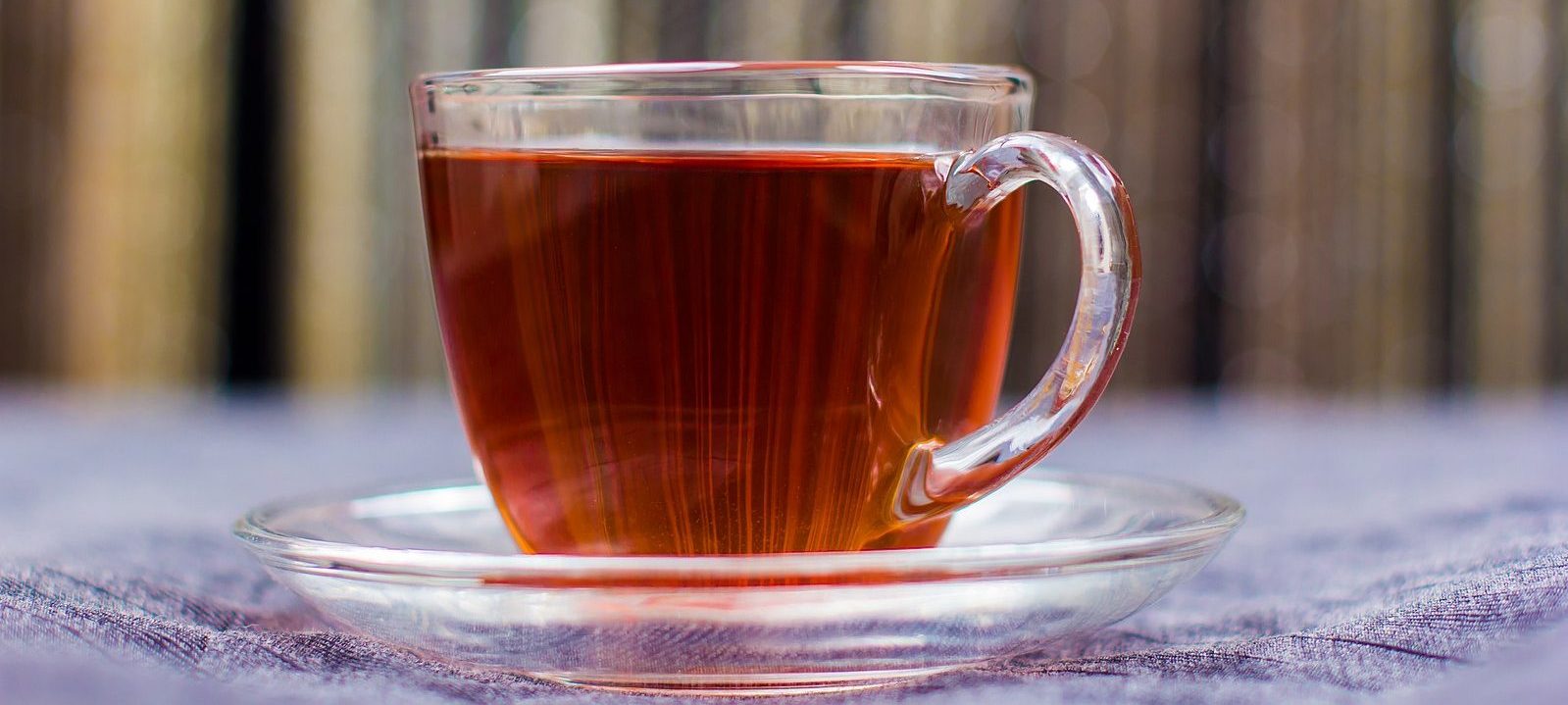Milk or sugar? The science-backed benefits of tea
If you are anything like me, having a cup of tea has become an integral part of your everyday life. Whether it’s to start your day, to keep you company as you study, or to help you wind down in the evening, drinking tea is widely practiced and even ritualised in many cultures. But why is tea one of the most consumed beverages in the world? Tea is praised as being beneficial for your health alongside a cultural beverage that brings people together, but is this claim accurate? Do different types of tea actually offer different health benefits? So, grab a cup of tea, and let us see what science says about the world’s most beloved drink.
Most teas we are familiar with (black, green, white) are all derived from the Camellia sinensis plant. The differences in these teas arise from the degree of oxidation they undergo, black tea is fully oxidised and results in a dark colour and strong flavour, whereas green or white teas go through less processing to produce light, earthy, or even sweet flavours.
Herbal teas, on the other hand, are not derived from Camellia sinensis but are infusions of different types of plants such as mint, chamomile, or ginger. Herbal teas (or tisanes) can be made from leaves, flowers, or roots. These types of teas are also naturally caffeine-free, whereas true teas (those made from Camellia sinensis) are not
Black tea
The average adult can drink up to eight cups of black tea a day without issue
Flavonoids are a group of natural compounds that can be found in berries, vegetables, grains, and — you guessed it – tea. These substances contain anti-inflammatory, anti-carcinogenic, anti-mutagenic, and antioxidative properties that provide a myriad of health benefits. A study published earlier this year linked a diet diverse in flavonoids to a lower risk of developing major health conditions such as heart disease in over 124,000 participants.
Lauren Shirreff writes that “black tea contains the highest concentration of flavonoids,” out of the true teas, due to it having the longest fermentation process. A study suggests that black tea can also lower your blood pressure and cholesterol, making it beneficial for your heart health, if not bombarded with excess milk and sugar, of course.
Black tea also contains the most caffeine, around 47 milligrams, with the maximum recommended amount to consume being 400 milligrams a day, meaning that the average adult can drink up to eight cups of black tea a day without issue. It also contains L-theanine, an amino acid that helps with focus and relaxation. A study found that the effects of L-theanine and caffeine combined resulted in an increase of “both speed and accuracy of performance,” and “reduced susceptibility to distracting information.”
Green tea
Green tea can reduce white matter lesions by lowering blood pressure, concluding that drinking green tea daily may even lower the risks of neurodegenerative diseases
Green tea is often considered the healthiest tea, even more so than black tea. Green tea contains larger amounts of catechins, a type of flavonoid that are the “main antioxidant agents,” according to Claudia Musial and her colleagues in their research paper on catechins published in 2020. These compounds in green tea can help prevent different types of cancer such as lung, breast, stomach, and liver.
Green tea contains less caffeine than black tea, but contains more L-Theanine, making it perfect for promoting relaxation. Although green and black tea have similar health benefits, according to Sam Rice, a nutritionist, green tea has a higher amount of antioxidants on average.
Researchers in Japan conducted a study on elderly people that found a link between those who drank more green tea and lower white matter lesions in the brain, which are abnormal areas in the brain’s white matter that are associated with dementia and Alzheimer’s disease. The study states that green tea can reduce white matter lesions by lowering blood pressure, concluding that drinking green tea daily may even lower the risks of neurodegenerative diseases.
Herbal tea
Chamomile, mint, and ginger are the most common plants used to make herbal teas. These teas contain no caffeine and are popular for their medicinal-like properties, such as helping with colds, nausea, and better sleep.
Mint tea is known for helping with sensitive stomach issues and relieving nausea. The essential oils found in peppermint include compounds like menthol which can relax your digestive system by preventing certain muscles from contracting in your gut. Mint tea could be a better option for those who are more caffeine-sensitive.
Ginger tea is often brewed to help with a cold and the flu. Ginger is believed to have antiviral and antibacterial properties, amongst many other benefits that can help heal your body from sickness. Lemon is often paired with ginger tea for additional vitamin C to boost the immune system. You can even top it off with honey to soothe a sore throat!
Chamomile tea is known for its ability to improve sleep by acting on the benzodiazepine receptors in the brain, working like a harmless sedative. Although chamomile tea doesn’t contain benzodiazepines, its flavonoids can have a similar effect on the brain, promoting lower anxiety levels and better sleep.
Research has shown that specific teas can have different health benefits, but there are many overlaps for most teas. If you are an avid tea drinker like me, it is probably great news that your favourite drink is greatly beneficial for both your well-being and physical health!

Comments